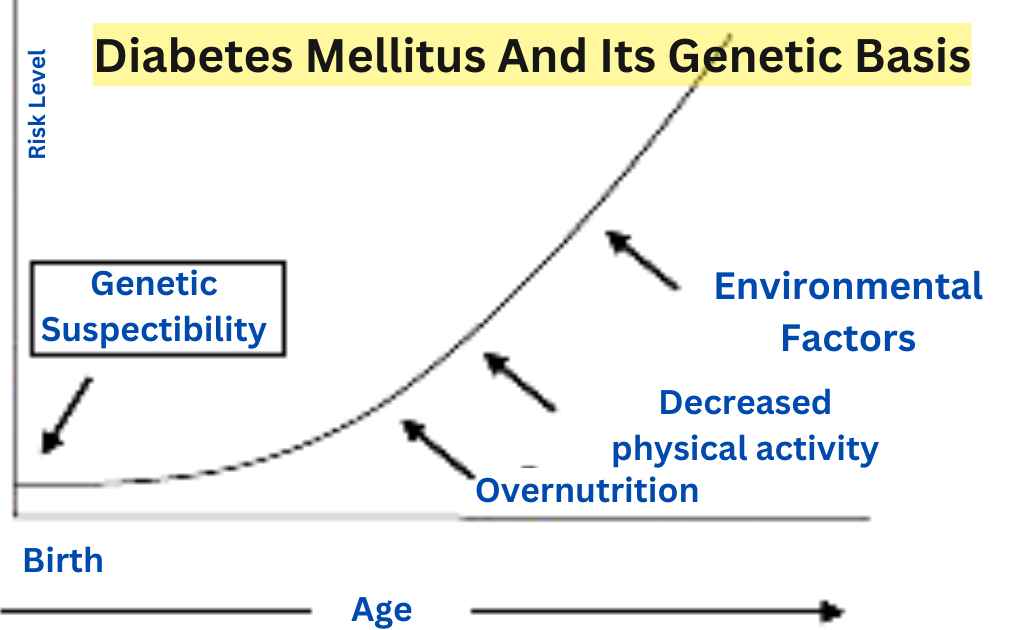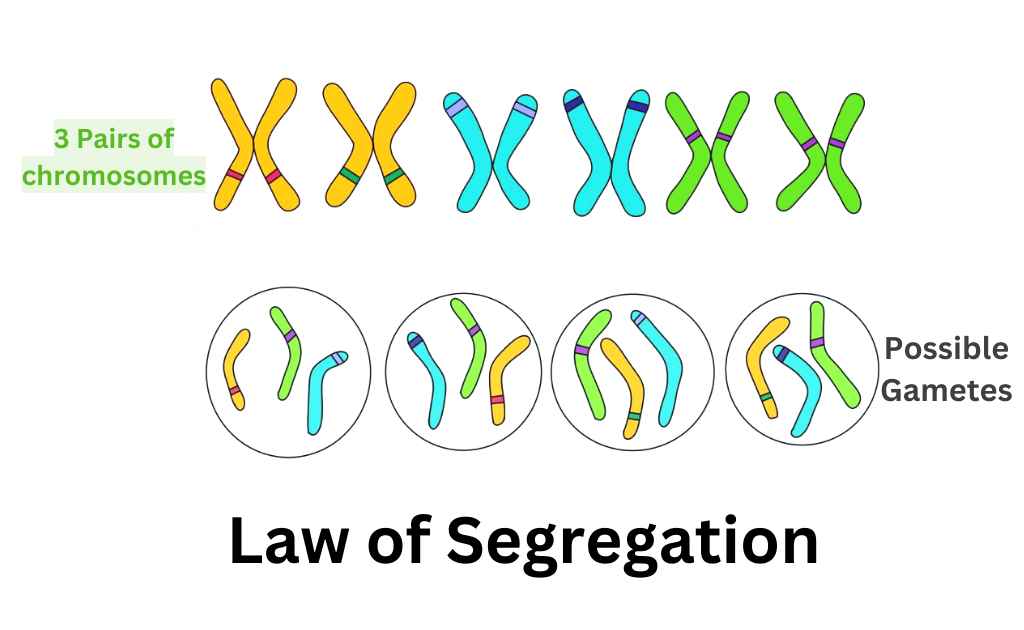Diabetes Mellitus And Its Genetic Basis
The heterogeneous group of disorders characterized by sugar levels is called diabetes. Diabetes mellitus is a hereditary disease. Diabetics cannot rise in blood metabolize blood sugar in their bodies. They pass glucose in their urine.

Harmful Effects Of Diabetes Mellitus
It causes the following harmful effects on the body:
- Kidney Failure
- Adult Blindness
- Lower Limb Amputation
- Heart Disease
Types Of Diabetes
There are two major types of diabetes:
Type I is IDDM (Insulin Dependent Diabetes Mellitus)
Type I occurs at an early age t e before 40. So it is also called Juvenile diabetes.
Causes of IDDM
The deficiency of pancreatic hormone insulin cause Type I Diabetes. Insulin transports blood glucose to cells for use. Type I is an autoimmune disorder. The immune system synthesizes auto-antibodies against the body’s cells. Sometimes,
Specific viral infections activate an auto immune response. T-cells of the immune system attack the pancreas and destroy insulin producing B-cells. Thus pancreas cannot produce insulin. Diabetics of type I receive exogenous (from an outside source) insulin to survive.
Genetic Basis of IDDM
The insulin gene is located on the short arm of chromosome 11. Polymorphism and genetic variations occur within this locus. It causes diabetes type I. But it is not only caused by a recessive single gene trait. Rather it is a multifactorial (polygenic with environmental influence) inheritance. It is associated with several alleles.
Type II is NIDDM (Noninsulin-Dependent Diabetes Mellitus)
Diabetes mellitus type II is non-insulin dependent. 90% of diabetic patients are affected by type II.
Causes of NIDDM
These persons produce some endogenous insulin themselves.
But their body cells lose response to insulin. So the cells cannot take up glucose, from the blood. They develop insulin resistance. It occurs among people over the age 40. It is more common among the obese. Obesity increases insulin resistance.
Exercise reduces obesity. So it indirectly increases insulin sensitivity and improves glucose tolerance.
Genetic basis of type II
Certain genetic factor causes diabetes under certain environmental conditions. About 2%-5% of type II diabetics get the disease early in life before 25 years of age. It is called maturity-onset diabetes of the young (MODY).
The following factors can cause MODY:
- MODY is inherited as an autosomal dominant trait.
- About 50% of cases of MODY are caused by mutations in the glucokinase gene. Glucokinase enzyme converts glucose to glucose-6-phosphate in the pancreas.
- Mutations in any of the four other genes can also cause MODY. These genes encode transcription factors. These factors are involved in pancreatic development and insulin regulation. But these four MODY genes do not play any significant role in adult-onset type II.
Multifactorial Traits
Polygenic inheritance with environmental influence is called multifactorial inheritance. Examples:
Diabetes
Diabetes Mellitus: Diabetes is a multifactorial disease. It is caused by many genes and environmental factors.
Blood Pressure
Blood pressure is also a multifactorial trait. There is a correlation between the systolic and diastolic blood pressure of parents and their children. This correlation is due to genes common in them. Environmental factors like diet, stress, and tension also influence blood pressure.
Latest Research In Field of Diabetes Mellitus
- Scientists have identified that utilizing pregnancy as an opportunity to identify women at risk of type 2 diabetes mellitus is crucial. They have reviewed existing clinical guidelines for postpartum management of women with previous GDM and recommended key preventive interventions for global clinical practice. [1]
- Scientists have explored the use of carbon nanomaterials (CNMs) as a potential treatment for diabetes mellitus. CNMs can act as implantable nano-sensor to detect blood glucose levels and can be used as drug carriers for selective, precise, and effective treatment. This review provides a comprehensive overview of the anti-diabetic properties of CNMs, including their types, synthesis, and mechanism of action. [2]
- Scientists have noted a significant increase in diabetes mellitus (DM) cases and their link to cardiovascular diseases (CVD). They have also highlighted the presence of CVD events earlier than DM diagnosis. The role of hyperglycemia, hyperinsulinemia, insulin resistance, and other factors in the development of atherosclerosis, coronary heart disease, chronic heart failure, cerebrovascular diseases, and lower extremity ischemia in DM has been thoroughly discussed. [3]
- Scientists have achieved diabetes remission through lifestyle interventions in patients with type 2 diabetes mellitus. Diet and physical activity interventions were effective in achieving remission, reducing weight, and improving quality of life. [4]

 written by
written by 





Leave a Reply